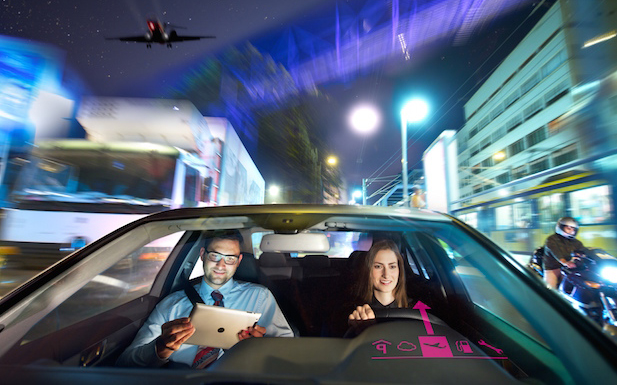Deutsche Telekom has used mobile edge computing to enable car to car connectivity with latencies under 20 milliseconds.
The operator used its LTE network in a demonstration with Nokia Networks, German research institute Fraunhofer ESK and automotive tech company Continental.
Base stations along the A9 motorway in Germany were upgraded with plug-in modules known as cloudlets. Mobile edge computing software from Nokia was also installed into the infrastructure.
The cloudlets transmitted data between cells, rather than through the mobile network and the cloud. Deutsche Telekom said this mean latency could be cut “dramatically” to 20 milliseconds, compared to the traditional 100 milliseconds.
The test vehicles were also fitted with on-board modules and software from Continental, allowing them to communicate with the base stations. Geoservice software from Fraunhofer ESK allowed the participating vehicles to be sent real-time traffic information.
Deutsche Telekom said the technology could lead to safer driving conditions, with drivers notified of accidents and potential blackspots much quicker than existing signs.
Tim Höttges, CEO, Deutsche Telekom, said: “Digital mobility requires a fast nationwide telecommunications network. We aspire to be the leading European telecommunications provider and that is why we are at the forefront when it comes to developing new standards.
“We are taking part in the “digital A9 motorway test bed” because we want to make driving safer and help to significantly reduce the number of traffic fatalities.”
Kathrin Buvac, Chief Strategy Officer, Nokia Networks, added: “Communication in [transportation] must function practically in real-time. With Mobile Edge Computing, which was developed chiefly by Nokia, we are already integrating elements of 5G into modern LTE networks and are supporting a number of new applications. In this way, we are playing our part in making driving safer for the future.”


